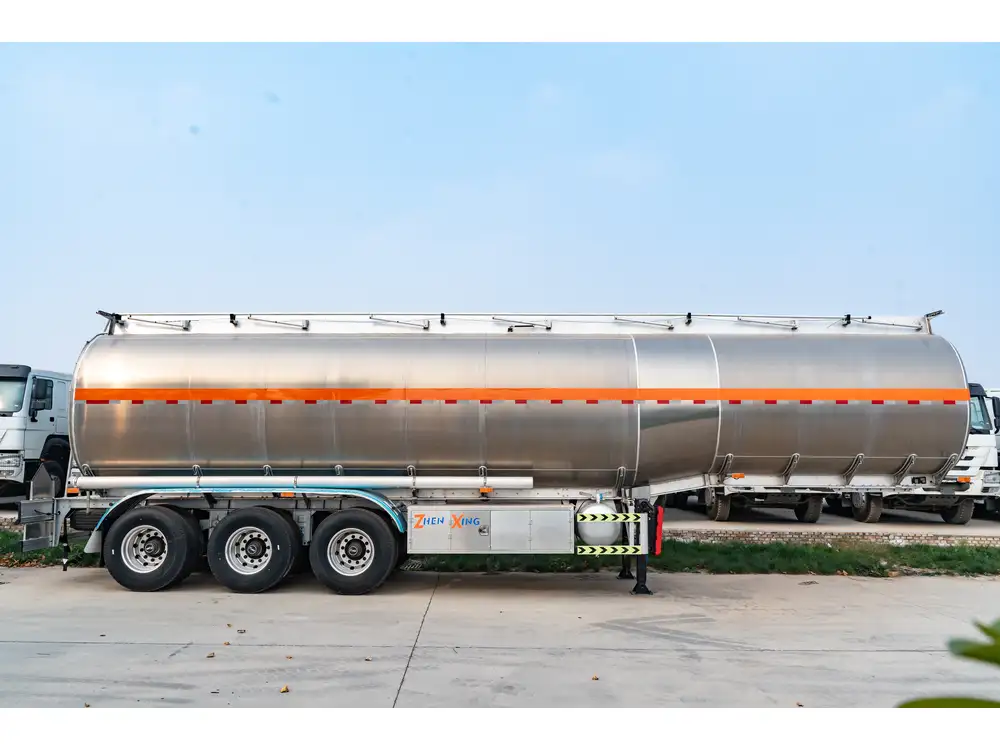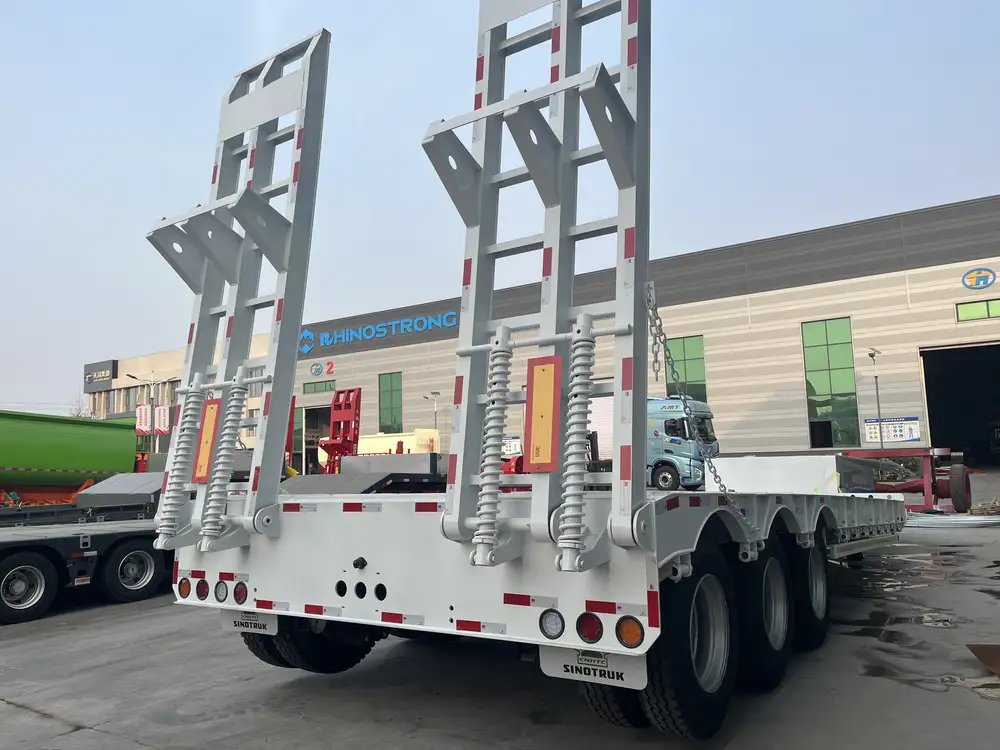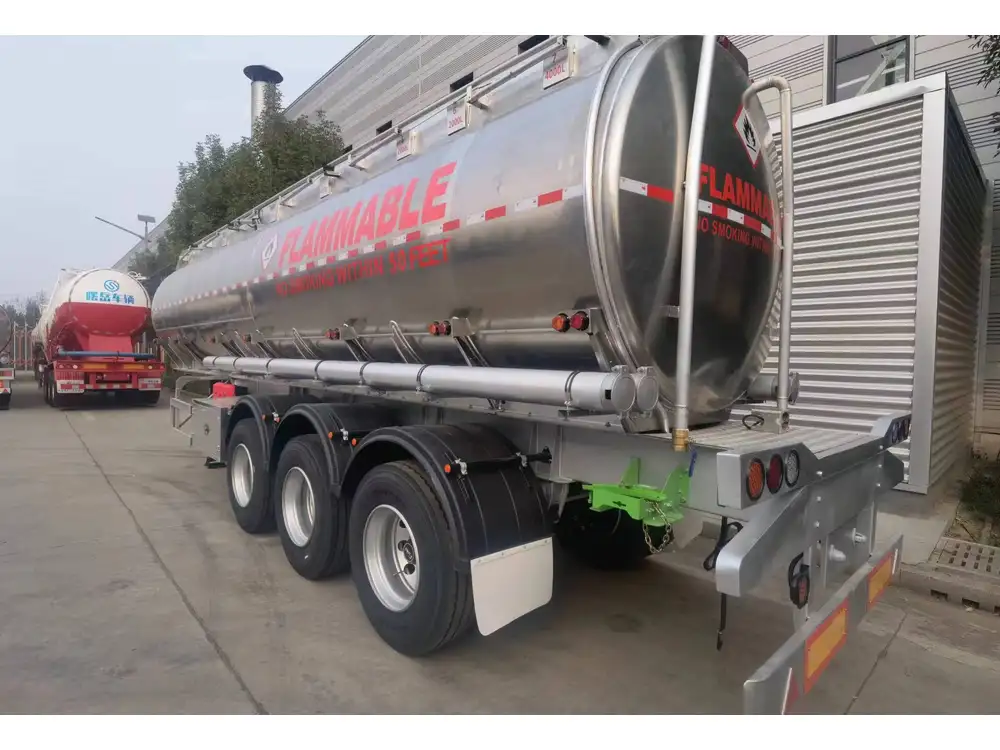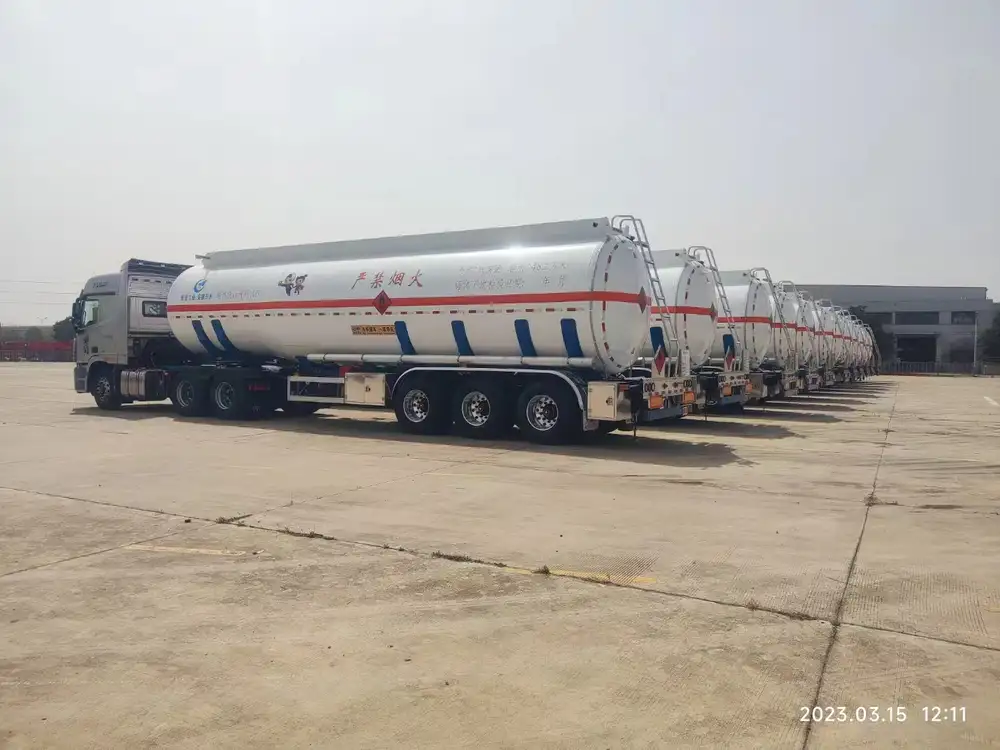Loading a shipping container onto a flatbed trailer requires meticulous planning, proper execution, and adherence to safety regulations to ensure a secure and efficient transport process. In this guide, we delve into the intricate steps involved, the necessary equipment, considerations for weight distribution, and best practices to mitigate risks during loading. Understanding these elements not only enhances efficiency but also safeguards cargo integrity and public safety.
Understanding Flatbed Trailers
Flatbed trailers are distinctive for their open design, allowing for flexible loading options compared to enclosed trailers. Their versatility is key for transporting large, heavy items such as shipping containers. When loading a container onto a flatbed trailer, specific attributes must be considered to maximize safety and efficiency:
Types of Flatbed Trailers
| Type of Trailer | Description | Use Cases |
|---|---|---|
| Standard Flatbed | Basic open design with no sides or roof | General freight transport |
| Step Deck (Drop Deck) | Lowered deck height for taller cargo | Transporting oversized containers |
| Extendable Flatbed | Capacity to extend for longer loads | Loading longer or multiple containers |
| Multi-Axle Flatbed | Additional axles for better weight distribution | Heavier loads requiring stability |
By understanding the various types of flatbed trailers, one can select the appropriate equipment for specific loading scenarios.

Preparing for Loading
Before loading a shipping container onto a flatbed trailer, comprehensive preparation is essential. This includes inspections, planning, and choosing the right equipment.
1. Site Inspection
Ensure the loading site is level, stable, and free from debris. Inspect the ground conditions to guarantee suitable support for both the trailer and container.
2. Weather Considerations
Check weather conditions prior to loading. Rain or snow can create slippery surfaces, increasing the risk of accidents. Ideally, loading should be conducted in dry and stable weather.

3. Equipment Preparation
Identify and prepare the necessary equipment for loading:
- Forklift: A heavy-duty forklift can lift shipping containers directly.
- Container Handler: Specialized machinery designed for lifting containers.
- Ramps: Used when the flatbed trailer is at a height, allowing smooth access.
4. Container Inspection
Examine the shipping container for structural integrity. Ensure that there are no visible damages, rust, or holes that may compromise its contents during transport.
Step-by-Step Loading Process

Step 1: Position the Flatbed Trailer
Carefully align the flatbed trailer next to the shipping container. Ensure that it is level and stable to facilitate easy loading. If using ramps, position them securely at both ends.
Step 2: Secure the Area
Engage the trailer’s brakes and set wheel chocks to prevent any movement during the loading process. Clear the area of unnecessary personnel and equipment to minimize hazards.
Step 3: Load the Container
Forklift Operation:
- Use a forklift to lift the container from the ground. The forklift operator should maintain clear visibility throughout the process.
Container Placement:
- Carefully maneuver the container over the flatbed trailer. Lower it slowly and steadily, ensuring it aligns with the trailer rails.
Use of a Container Handler:
- If using a container handler, follow similar procedures as with the forklift, paying attention to alignment and stability.

Step 4: Weight Distribution
Once the container is in position, assess the weight distribution on the trailer. It is crucial to maintain a center-of-gravity that keeps the trailer balanced:
- Front Loading: Position heavier cargo towards the front.
- Rear Loading: Avoid heavy loading towards the rear as this can cause front instability.
Improper weight distribution can lead to trailer swaying or tipping, especially during transit.
Securing the Load
Correctly securing the container is paramount to prevent movement during transit. The following methods are commonly employed:
1. Tie-Down Straps
High-strength tie-down straps or chains must be used to secure the container to the trailer. Various methods exist for securing containers:
- Corner Blocks: These help distribute the load evenly.
- Edge Protectors: Prevent damage to straps and ensure better grip.

2. Twist Locks
Most flatbed trailers are equipped with twist locks specifically designed for securing shipping containers. Utilizing these robust mechanisms guarantees a secure hold.
3. Additional Safety Measures
Consider employing the following:
- Tensioning Tool: Ensures proper tightness of straps.
- Reflective Tape: Mark the container for enhanced visibility, particularly in low-light conditions.
Checklists for Successful Loading
To ensure every loading operation runs smoothly, utilize a comprehensive checklist:
| Task | Completed |
|---|---|
| Site inspection complete | [ ] |
| Equipment ready and tested | [ ] |
| Flatbed trailer in position | [ ] |
| Area secured and clear | [ ] |
| Container inspected | [ ] |
| Container loaded onto trailer | [ ] |
| Weight distribution assessed | [ ] |
| Container secured | [ ] |
| Final safety checks performed | [ ] |

Post-Loading Considerations
Final Inspection
After loading, perform a thorough inspection of the secured container. Ensure that straps are tight, corner blocks are secure, and the overall setup meets safety standards.
Transport Documentation
Prepare necessary transport documentation, including:
- Bill of Lading: Details of the loaded container.
- Inspection Reports: Documentation of the container’s condition before loading.

Compliance with Regulations
Always adhere to local and federal transportation regulations. Each state may have specific rules regarding load securement, trailer specifications, and transport permits.
Common Issues and Solutions
Issue 1: Misaligned Loading
Symptoms: Difficulty in positioning the container or it sits unevenly on the trailer.
Solution: Use guide rails or check alignment frequently during the placement process to ensure proper positioning.

Issue 2: Worn Securing Equipment
Symptoms: Reduced effectiveness of straps or tie-downs showing wear.
Solution: Regularly inspect securing devices and replace any worn equipment immediately to maintain maximum safety during transport.
Issue 3: Unstable Weight Distribution
Symptoms: Trailer appears sagging or tilting.
Solution: Before transport, reassess and redistribute the load to maintain balance and stability, possibly employing weight scales for accuracy.
Conclusion
Loading a shipping container onto a flatbed trailer is a critical operation that demands attention to detail and adherence to safety standards. By following the structured approach outlined in this guide, industry professionals can ensure secure and efficient loading processes, reducing risks and enhancing cargo integrity. With the right equipment, proper techniques, and knowledge, loading becomes not just a task, but a blend of art and science, ensuring that goods travel smoothly from point A to point B. As with any logistical operation, continuous learning and adherence to best practices are essential for success.



